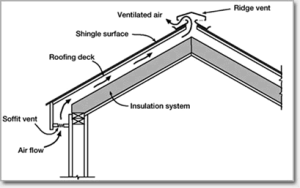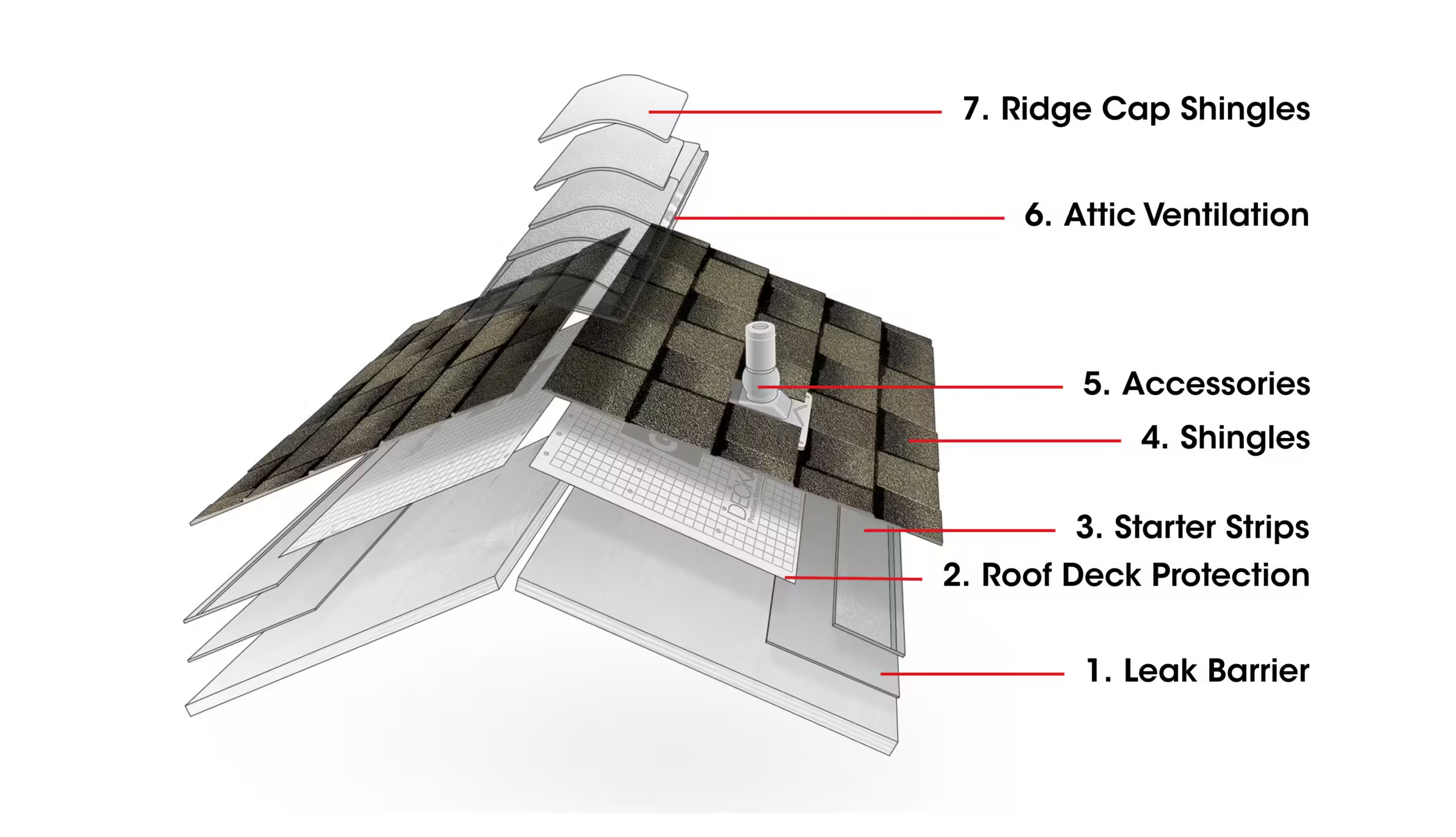
What is a roofing system?
A roofing system is a collection of components that work together to protect a building from the elements. The system’s main purpose is to shield people and things inside the building from wind, rain, snow, hail, heat, cold, and the sun. It also needs to be able to shed moisture and provide insulation.
This lesson will focus on the components of a “New Roofing System.” We previously covered things like Structure, Decking and Architectual Components in roof basics.
When getting a new roofing system on an existing structure the structure and architetual components do not change. The new roofing system is built from the Deck (Decking) up. Note, a solid deck is required to install a properly functining roof system so decking will need to be addressed on as needed basis to make sure that you are building up from a solid substrate.
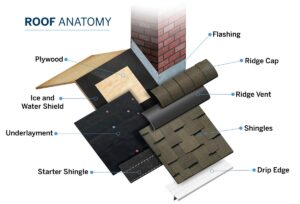
ROOFING SYSTEM COMPONENTS:
Leak Barrier (Ice and Water Shield)
- A self-sticking membrane that helps protect against leaks caused by wind-driven rain and damaging ice dams.
- Typically applied to eaves and rakes, in valleys, and around chimneys and skylights.
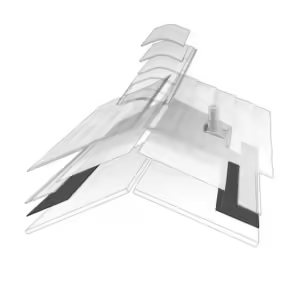
Roof Deck Protection/Underlayment
- Provides a secondary layer of wind-driven rain protection between your shingles and roof deck
- Tarp Paper/Felt/Synthetic Felt
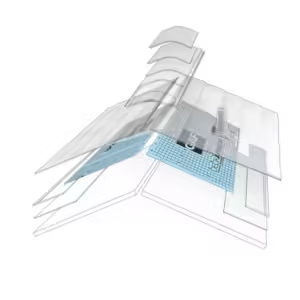
Starter Strips
- Starter strip shingles have specially positioned sealant applied at the factory
- Installed at the eaves and rakes to help reduce the risk of shingle blow-offs
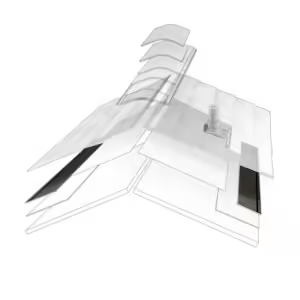
Shingles
- Asphalt shingles are the most popular shingle type in the U.S. because they’re affordable to buy, install, and maintain.
- Made from a sturdy fiberglass base, coated with asphalt and tiny mineral granules
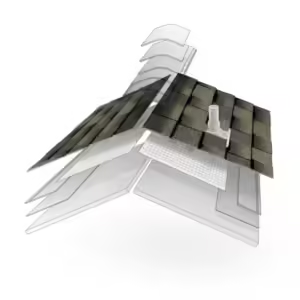
Ridge Cap Shingles
- Installed on the hip and ridge areas of the roof to help provide additional protection
- May have colors available to complement your chosen shingles
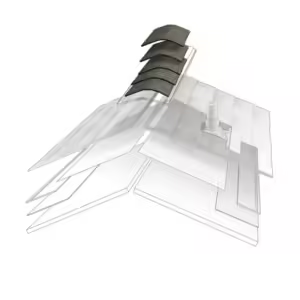
Ventalation
Ventalation on a roof is a vital part of the roofing system. Ventalation is needed to help keep the roof temperature a constant temperature. During the hot supper days attics can build up a lot of heat and without ventalation the shingles can be overheated from the bottom side causing the lifespan of the shingle to be shortened. In the winter months warm air from the inside of the house escapes into the attic and ventalation prevents that warm air form contacting the roof causing it to melt snow at the peaks and create ice damns at the eaves.
Ventalation can be achieved through numerous ways and types. Some are used together while others are standalone products. Some examples of these are ridge vent, pot/can vents, gable vents, solar vents, soffit vents, smart vent/deck air intake and many more.
A majority of houses will use a similar system that is illustrated below. It uses the soffits/overhangs as the intake of fresh air and the ridge vent as the exhaust.
Roofing accessories:
Drip Edge, Flashings, Boots and Pipes.
Skylights/Sun Tunnels
Ridgevent
Pot Vents/Turtle Vents
Powered Vents
